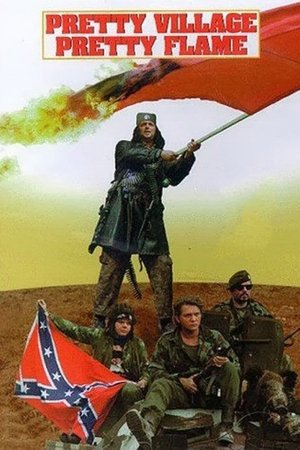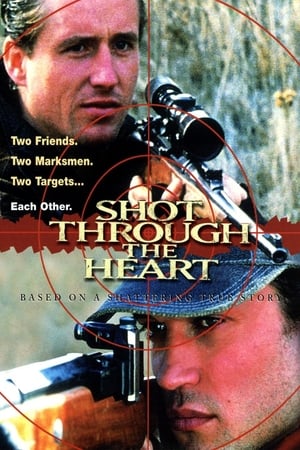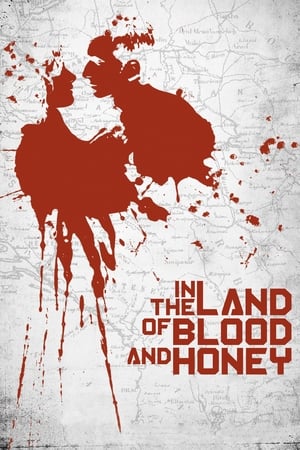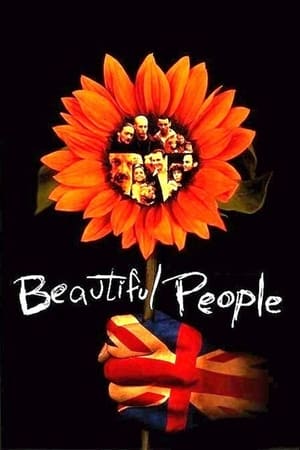Overview
The docu-drama takes place during the war in the former Yugoslavia. A young journalist arrives in destroyed Sarajevo and finds out how people live in the middle of war. He encounters everyday problems that an individual, especially young people, has to deal with.

 Czech
Czech
 0
0
 1996
1996
 Czech Republic
Czech Republic




















